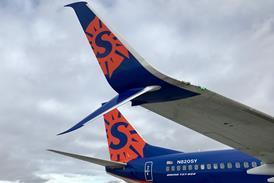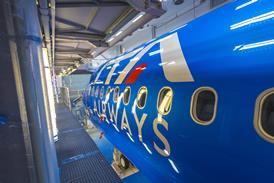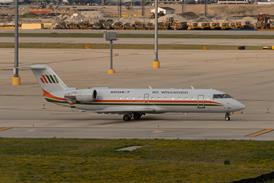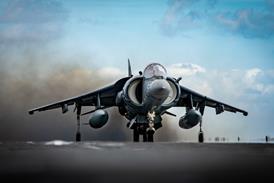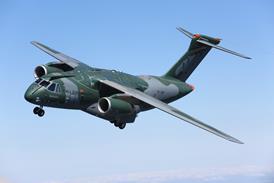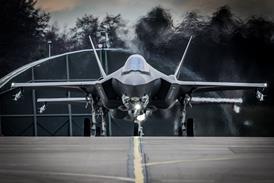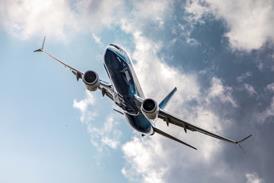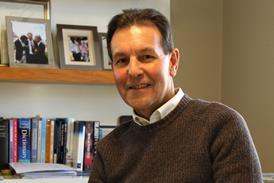The security system must become more flexible and ingenious to beat the terror threat
The missile attack on an Israeli Arkia Boeing 757-300 at Mombasa, Kenya, in November has revitalised the debate about how to protect the airline industry from ever-wider threats.
But it seems certain that unless an airliner is brought down by a terrorist with a shoulder-launched missile, neither the USA nor the rest of the world will be prepared to pay $2-3 million per aircraft to equip their airliners with missile countermeasures (Flight International, 10-16 December).
Only the Israeli government has decided to pay to equip all its international airline fleets with anti-missile systems. The International Air Transport Association has said that protection against this kind of terror attack is a government responsibility and the state should foot the bill for any protection measures. At this point, all government agencies, including the USA's new Transportation Security Administration (TSA), have avoided commenting on whether they would even try.
Ian Hutcheson, head of security at UK airports group BAA, says the Mombasa attack has added urgency to a programme that was already under way to "co-ordinate all the security agencies" that operate at or close to airports to counter the many methods terrorists or criminals could employ. He says it is important "to become unpredictable" in multi-layered security, so that anyone planning to beat the system would not know quite what they would face on any given day.
Meanwhile, particularly in the USA, passengers are voicing ever greater irritation at having fingernail clippers confiscated by airport security staff while potential weapons such as glass bottles of duty-free liquor are allowed on board. This feeling that the TSA is dealing with trivia while real threats are ignored is likely to gather strength during 2003, probably forcing changes of direction in the huge but immature new agency.
Another concern is the massive cost of installing explosives detection equipment that is slow and prone to both false positive and false negative errors. If the sceptics are proved right about the predicted inefficiency of scanning 100% of checked bags using this equipment, public faith in the TSA could suffer further.
Tabloid tacticsConcerns about misplaced use of security resources gain strength when, in the UK or USA, journalists looking for a security story sometimes found it easy to beat the system and gain access to the airside of airports. They have employed various tactics, including applying for airside jobs using a false identity and discovering that neither identity nor background checks are carried out, despite rules requiring them.
It has long been recognised, but not publicly admitted, that securing airport perimeters, recognising hostile activity in the vicinity of flightpaths, and vetting the huge number of employees who need airside access are just as challenging as checking passengers, who are shepherded through a carefully controlled process.
An IATA survey has found that its push to introduce biometric identification technology combined with machine-readable travel documents is popular with 81% of business travellers. This system for reducing identity fraud at check-in and boarding has some way to go to achieve widespread use, but the technology exists and the various agencies that have to agree on internationally compatible equipment and standards have a good chance of reaching conclusions in the next 12 months - but then airports and airlines will have to acquire the equipment.
For passengers, registration for biometric checking will be voluntary, so it will be a slow process to implement it widely. There are no signs that compulsory biometric checks for employees, a potentially effective security tool, will become commonplace at airports before the end of 2003.
Source: Flight International

